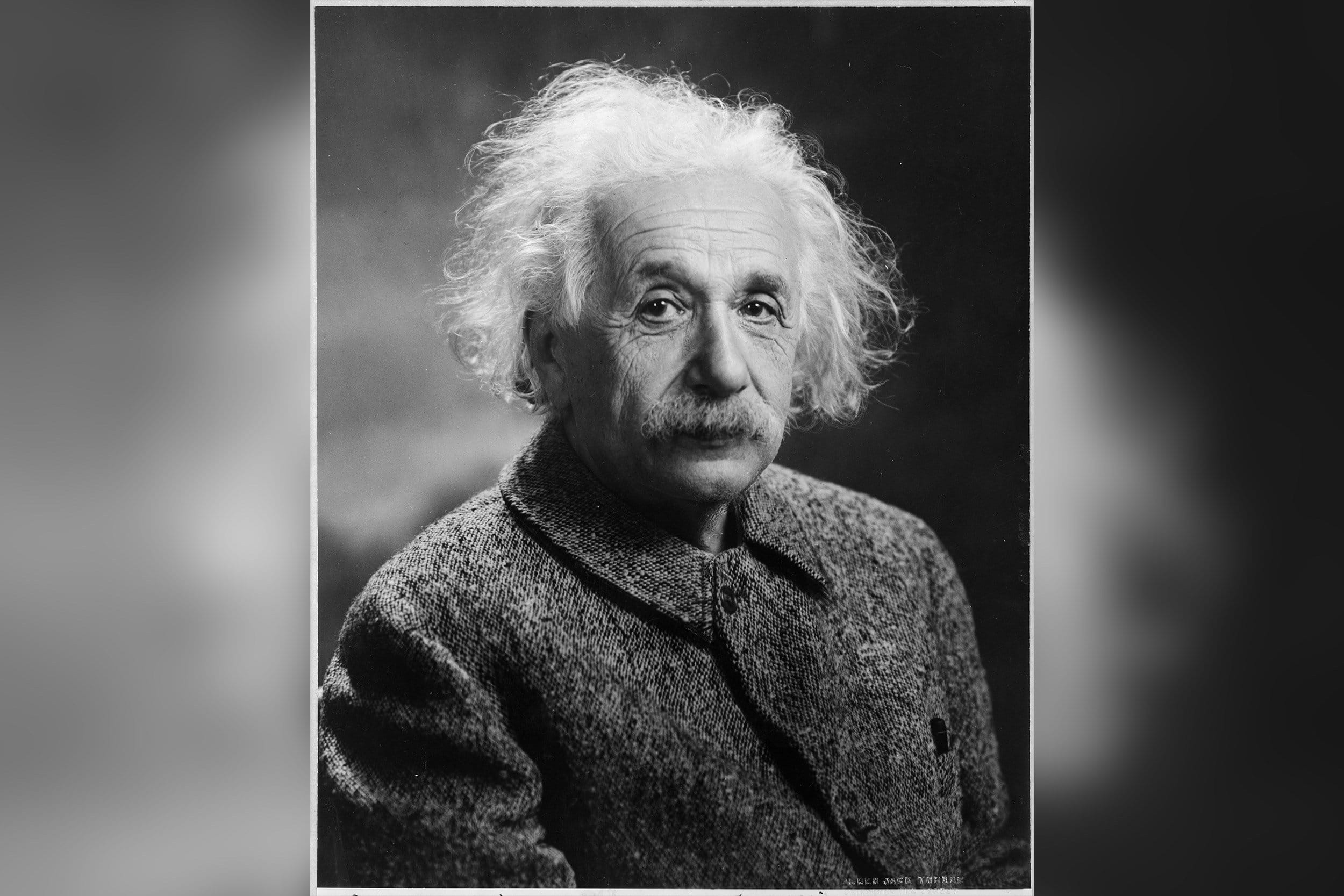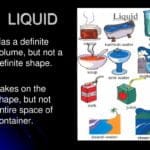Beyond the Shadow: Hans Albert Einstein’s Enduring Legacy in Hydraulic Engineering
Hans Albert Einstein, a renowned hydraulic engineer, carved his own path beyond the shadow of his famous father, leaving an indelible mark on sediment transport research. Born in Bern, Switzerland, on May 14, 1904, to Albert Einstein and Mileva Marić, Hans Albert’s life was inevitably intertwined with his father’s burgeoning fame. He had an older sister, Lieserl, who tragically died in infancy, and a younger brother, Eduard “Tete,” who later experienced struggles with schizophrenia.
Education, Career, and the Allure of Moving Water
Despite his father’s towering presence in the world of theoretical physics, Hans Albert felt drawn to the practical applications of engineering. Following in his parents’ footsteps, he enrolled at ETH Zurich, earning a diploma in civil engineering in 1926. He then gained practical experience at Klönne, a steel design company in Dortmund, Germany, from 1926 to 1930, before returning to ETH Zurich to complete his doctorate in 1936.
As political tensions rose in Europe, Hans Albert emigrated to the United States in 1938. He eventually secured a professorship at the University of California, Berkeley, in 1947, where he dedicated his career to unraveling the complexities of sediment transport—a critical field for understanding and managing rivers and mitigating flood risks.
Unveiling the Secrets of Sediment Transport
It was within the realm of sediment transport that Hans Albert Einstein truly made his mark. His groundbreaking work focused on understanding how rivers carry sediment—sand, gravel, and other materials—and how this movement shapes riverbeds, influences erosion patterns, and impacts the design of bridges, dams, and other water-related infrastructure.
His most significant contribution, the “Einstein bed-load function,” provided engineers with a powerful tool to mathematically calculate sediment movement in rivers. This formula, published in his seminal work, “The bed-load function for sediment transportation in open channel flows” (1950), revolutionized the field and continues to be a cornerstone of river engineering projects worldwide.
A Legacy Beyond the Formula: Shaping Modern Water Management
Hans Albert Einstein’s research transcended theoretical boundaries, shaping how we manage rivers, control floods, and build resilient infrastructure. His work has become even more relevant in the face of climate change and rising sea levels, as his insights into sediment transport are essential for addressing coastal erosion and designing sustainable water resource management strategies.
Life in the Shadow of Genius: A Complex Relationship
Beyond his professional achievements, Hans Albert’s life offers a glimpse into the complexities of familial relationships, particularly when living in the shadow of a towering intellect like Albert Einstein. While their bond was undoubtedly marked by affection, it was also strained at times, likely due to the pressures of Albert’s fame and demanding personality.
Hans Albert married Frieda Knecht in 1927, and they had four children: Bernhard Caesar Einstein, a physicist and engineer; Klaus Martin Einstein, who tragically died of diphtheria at a young age; and two adopted children, David and Evelyn.
A Legacy Carved in Water and Stone
While Hans Albert Einstein may not have achieved the same level of global recognition as his father, his legacy is deeply woven into the fabric of modern engineering and environmental science. His contributions to sediment transport research continue to shape how we interact with and manage one of Earth’s most precious resources—water.
















